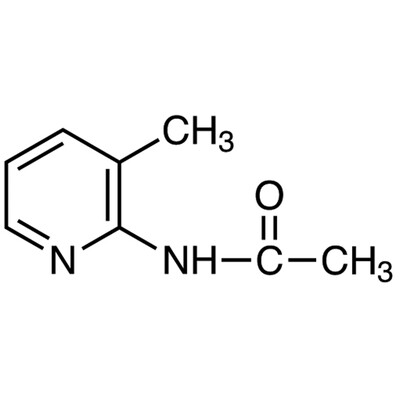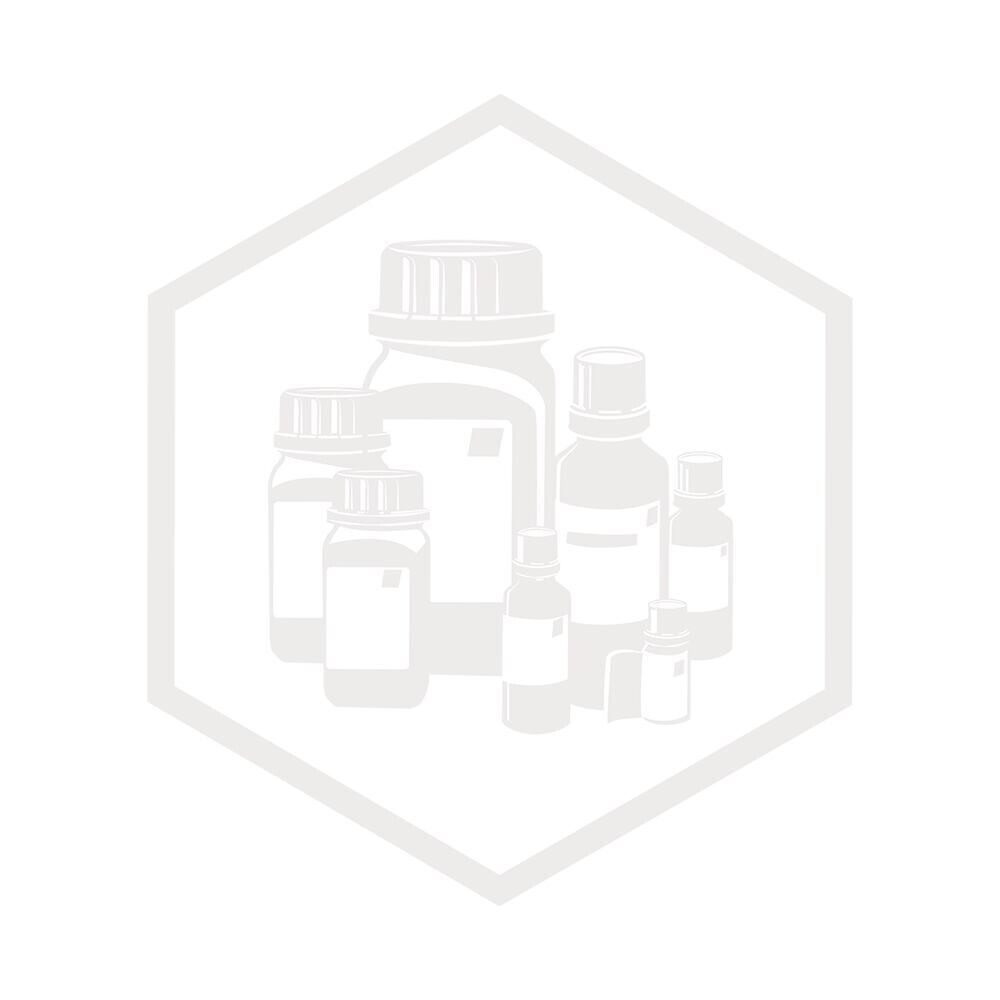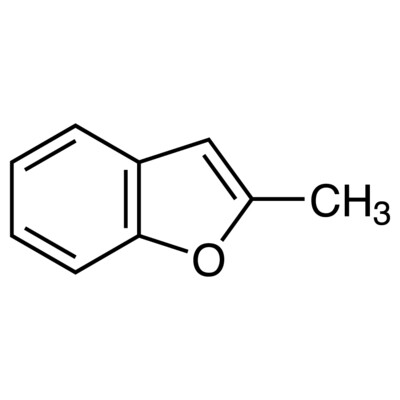Tin Dioctyltin oxide 97+% 100 g
SKU 002735
€ 74,25
In stock
1
Save this product for later
Tin Dioctyltin oxide 97+% 100 g
Product Details
CAS number: 870-08-6
Chemical formulas: (C8H17)2SnO/ F.W. 361.14
Cation: Sn
Packaging: 100 g
EAN: 8721028255327
Brand: Laboratoriumdiscounter
Tin Dioctyltin oxide is a chemical compound used in the production of PVC and as a stabilizer in plastics. It is also used as a catalyst in various chemical reactions.
When working with Tin Dioctyltin oxide, it is important to follow certain safety instructions to ensure your well-being. Here are some short safety instructions to consider: 1. Personal Protective Equipment (PPE): Always wear appropriate PPE, including gloves, safety goggles, and a lab coat or protective clothing, to protect your skin, eyes, and body from potential exposure. 2. Ventilation: Work in a well-ventilated area or use fume hoods to minimize inhalation of any fumes or vapors that may be released during handling or processing. 3. Handling: Avoid direct contact with Tin Dioctyltin oxide. Use tools or equipment to handle the substance and prevent skin contact. If contact occurs, wash the affected area thoroughly with soap and water. 4. Storage: Store Tin Dioctyltin oxide in a cool, dry, and well-ventilated area away from incompatible substances. Follow any specific storage instructions provided by the manufacturer. 5. Spills and leaks: In case of spills or leaks, contain the material using appropriate absorbent materials and dispose of them according to local regulations. Avoid spreading the substance and minimize the risk of exposure. 6. Disposal: Dispose of Tin Dioctyltin oxide according to local regulations and guidelines. Do not pour it down the drain or dispose of it in regular trash bins. 7. Emergency procedures: Familiarize yourself with emergency procedures, including the location of safety showers, eyewash stations, fire extinguishers, and emergency exits. In case of accidental exposure or ingestion, seek medical attention immediately. 8. Training: Ensure that you have received proper training on the safe handling and use of Tin Dioctyltin oxide before working with it. Stay updated on any new safety information or precautions related to the substance. Remember, these are general safety instructions, and it is essential to consult the specific safety data sheet (SDS) and guidelines provided by the manufacturer for comprehensive safety information.
Please note, not all safety data for this product is available on our website, for a complete list of P en H sentences and other safety instructions please request the MSDS at our customer service
You May Also Like

2-Acetamido-3-methylpyridine>98.0%(GC)5g
2-Acetamido-3-methylpyridine>98.0%(GC)5g
SKU A3065-5G
€ 270,60

4-HYDROXY-1-BUTANESULFONIC ACID, 95.0%, 10g
4-HYDROXY-1-BUTANESULFONIC ACID, 95.0%, 10g
SKU F500405-10G
€ 268,40
![3-Bromoimidazo[1,2-b]pyridazine, 95.0%, 100g 3-Bromoimidazo[1,2-b]pyridazine, 95.0%, 100g](https://d2j6dbq0eux0bg.cloudfront.net/images/88473019/4861237242.png)
3-Bromoimidazo[1,2-b]pyridazine, 95.0%, 100g
3-Bromoimidazo[1,2-b]pyridazine, 95.0%, 100g
SKU F076861-100G
€ 165,00

3-Borono-4-methoxybenzoic acid, 95.0%, 10g
3-Borono-4-methoxybenzoic acid, 95.0%, 10g
SKU F219658-10G
€ 211,20
Powered by Lightspeed
Display prices in:EUR

![6-Bromo-8-chloro-[1,2,4]triazolo[1,5-a]pyrazine, 100mg 6-Bromo-8-chloro-[1,2,4]triazolo[1,5-a]pyrazine, 100mg](https://d2j6dbq0eux0bg.cloudfront.net/images/88473019/4868274884.png)

![1-[4-(4-methyl-1H-pyrazol-1-yl)phenyl]methanamine, 100mg 1-[4-(4-methyl-1H-pyrazol-1-yl)phenyl]methanamine, 100mg](https://d2j6dbq0eux0bg.cloudfront.net/images/88473019/4856969893.png)




![1'-methyl-3,4-dihydrospiro[1-benzopyran-2,4'-piperidin]-4-one, 95.0%, 100mg 1'-methyl-3,4-dihydrospiro[1-benzopyran-2,4'-piperidin]-4-one, 95.0%, 100mg](https://d2j6dbq0eux0bg.cloudfront.net/images/88473019/4856853559.png)
